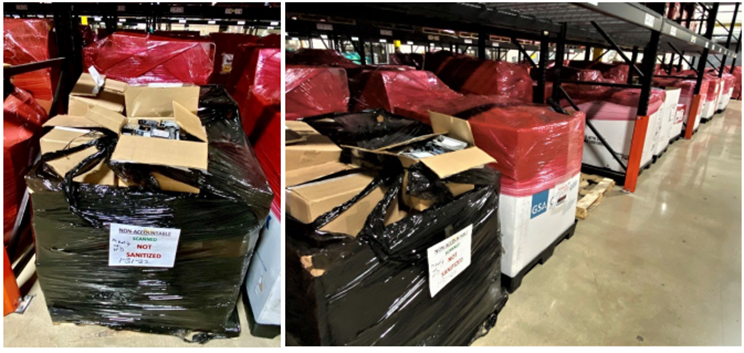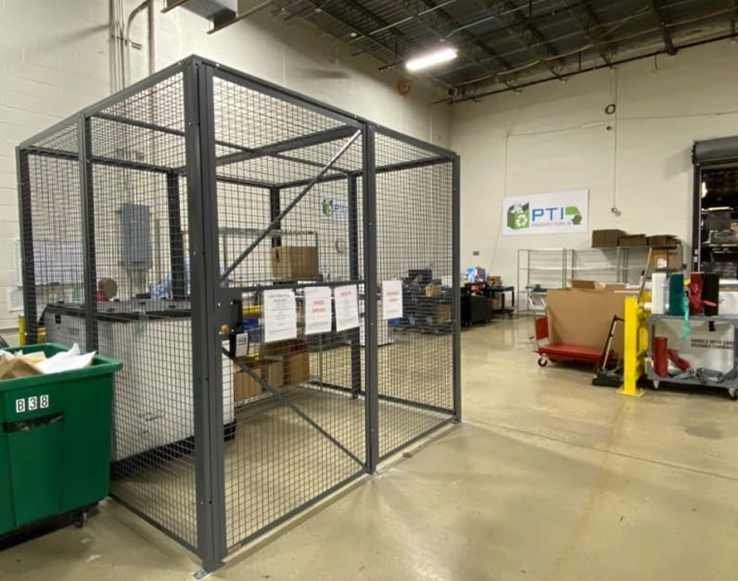Friend
Professional
- Messages
- 2,675
- Reaction score
- 987
- Points
- 113
Where do the data carriers actually end up after seizure?
The U.S. Department of Justice has identified serious deficiencies in the management and destruction of the FBI's electronic media containing both sensitive and classified data.
The report identified numerous problems with the FBI's policies on the accounting and disposal of electronic media. In particular, the FBI lacks proper mechanisms for tracking storage media (hard drives and flash drives) after they are removed from devices, increasing the risk of them being lost or stolen.
In addition, the report refers to the lack of physical security at FBI facilities where carriers are destroyed. Among other things, there is a lack of proper internal access controls, media for disposal is stored in an unprotected environment, and surveillance cameras often do not work, which increases the risk of compromise of classified information.

Pallet with storage devices found at an FBI facility
Also, the FBI does not always label media with the appropriate levels of secrecy (e.g., "Secret", "Top Secret"), which can lead to misuse or unauthorized access to confidential information.
The FBI acknowledged the identified shortcomings and said that it was taking measures to eliminate them. In particular, the organization is working on the creation of a new directive that will solve the identified problems in the field of tracking data carriers and marking their classification levels. The FBI also announced plans to install protective cages to store carriers until they are destroyed, which will be under video surveillance.

Protective cages to be used in FBI vaults
The measures are aimed at improving physical security and preventing possible information leakage. The DOJ expects the FBI to provide a status report on the implementation of corrective actions within 90 days.
Source
The U.S. Department of Justice has identified serious deficiencies in the management and destruction of the FBI's electronic media containing both sensitive and classified data.
The report identified numerous problems with the FBI's policies on the accounting and disposal of electronic media. In particular, the FBI lacks proper mechanisms for tracking storage media (hard drives and flash drives) after they are removed from devices, increasing the risk of them being lost or stolen.
In addition, the report refers to the lack of physical security at FBI facilities where carriers are destroyed. Among other things, there is a lack of proper internal access controls, media for disposal is stored in an unprotected environment, and surveillance cameras often do not work, which increases the risk of compromise of classified information.

Pallet with storage devices found at an FBI facility
Also, the FBI does not always label media with the appropriate levels of secrecy (e.g., "Secret", "Top Secret"), which can lead to misuse or unauthorized access to confidential information.
The FBI acknowledged the identified shortcomings and said that it was taking measures to eliminate them. In particular, the organization is working on the creation of a new directive that will solve the identified problems in the field of tracking data carriers and marking their classification levels. The FBI also announced plans to install protective cages to store carriers until they are destroyed, which will be under video surveillance.

Protective cages to be used in FBI vaults
The measures are aimed at improving physical security and preventing possible information leakage. The DOJ expects the FBI to provide a status report on the implementation of corrective actions within 90 days.
Source
